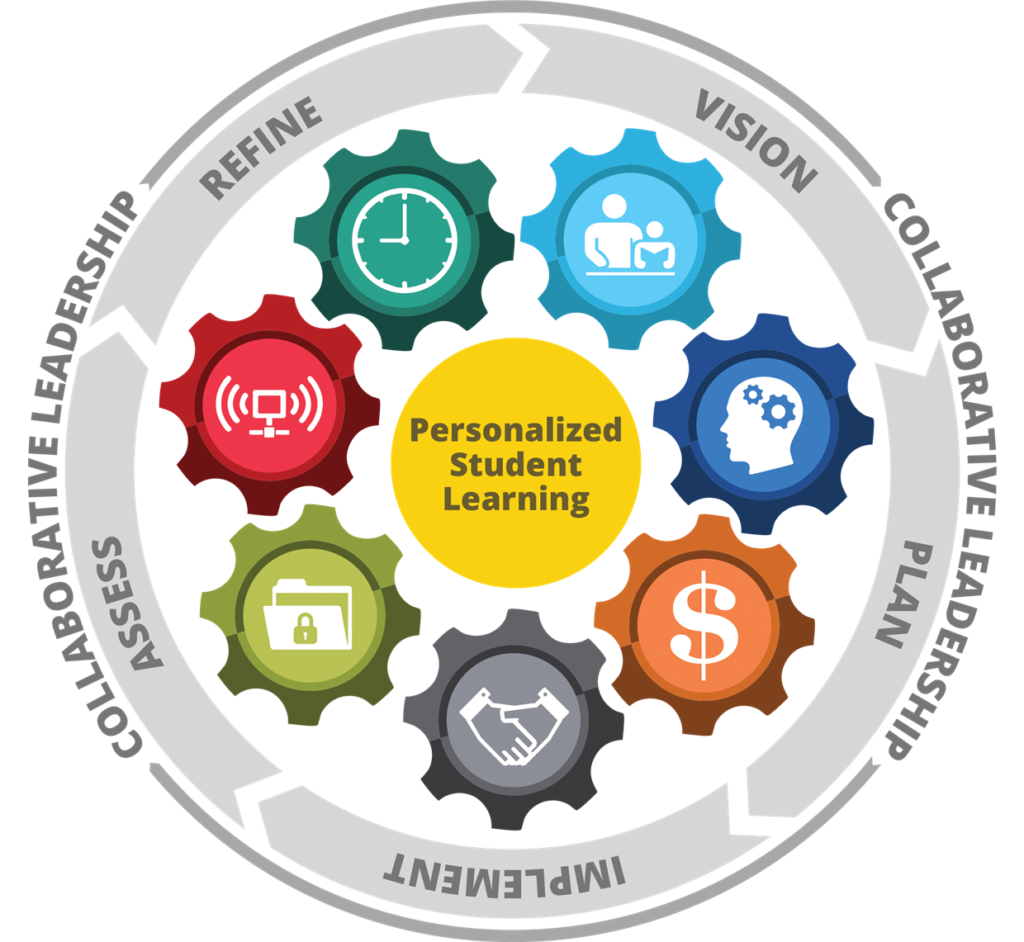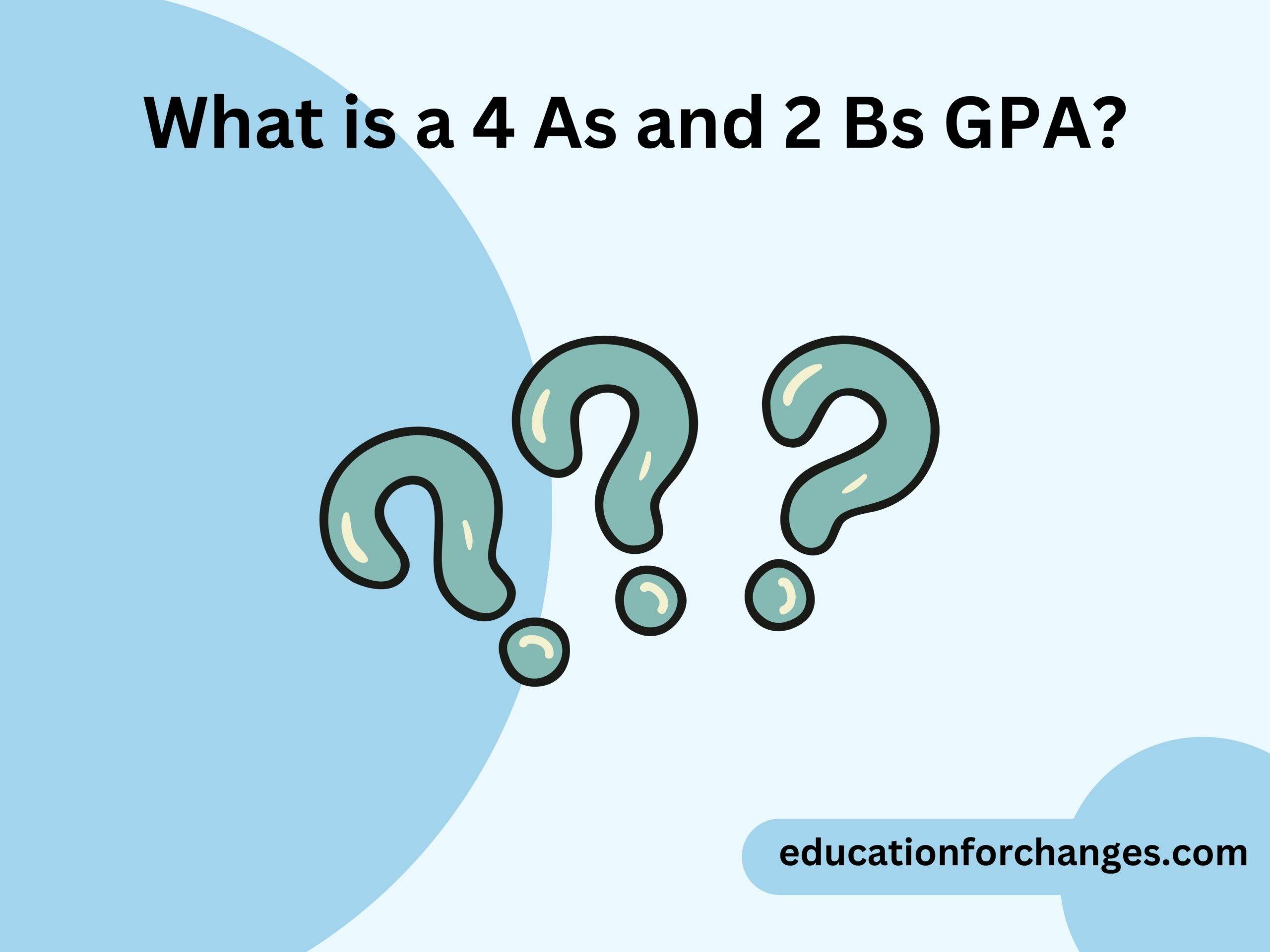Beyond Four Walls: The Classroom Revolution Shaping Future-Ready Minds
For decades, classrooms have largely looked the same—rows of desks, a chalkboard (or whiteboard if you were lucky), and a teacher at the front. It worked for a time, but as our world races ahead with rapid technological advances, education spaces are being pushed to evolve. Today, the intersection of design, education, and technology is unlocking possibilities that would have sounded like science fiction just a few years ago. From modular VR-enhanced furniture to smart study pods that seem to know what you need before you do, learning spaces are becoming just as dynamic and exciting as the lessons they host.
But how do we design environments that truly inspire minds? How do we create spaces that not only support technology but also fuel curiosity, innovation, and focus? These aren’t simple questions, but the answers are unfolding before our eyes.
The Rise of Smart, Interactive Learning Environments
The days of static classrooms that force students into a one-size-fits-all learning mold are fading fast. In their place are dynamic spaces designed to be flexible and adaptive. This shift is being powered by EdTech trends like gamified learning platforms, artificial intelligence-driven personalization, and interactive media. And with these advancements, the physical environment of classrooms is changing, too.
Think of the traditional learning space as a canvas—it’s been blank for too long. Today, design thinking is splashing color onto that canvas by considering every element of how a student interacts with their surroundings. Schools are becoming less about fixed walls and more about movement, adaptability, and immersion.
From adjustable furniture to tech-rich collaboration hubs, classrooms are beginning to act as the ultimate support system for learners of all styles. The result? Students who are engaged, comfortable, and primed for creativity.

Modular Marvels: AR/VR-Enhanced Learning Stations
Imagine you’re in a history class. Instead of reading about ancient Greece, you’re standing in the middle of the Parthenon, watching as philosophers share their ideas under the midday sun. Or maybe it’s biology, and rather than flipping through textbook diagrams, you’re inside a cell, watching mitochondria power the entire structure. This isn’t the future; it’s happening now.
Modular desks and learning stations integrated with AR (augmented reality) and VR (virtual reality) tools are revolutionizing the way students interact with subjects. These desks can adapt to different lessons, skill levels, and even learning paces:
- Virtual Field Trips: Transport students to new places without ever leaving the room—history, geography, and culture come alive.
- AR Textbooks: Overlays transform static content into interactive 3D experiences, helping students grasp concepts faster and with more excitement.
- VR Science Labs: Whether it’s chemistry, robotics, or coding, virtual labs allow students to experiment freely and safely, even if resources are limited.
Why does this matter? Immersive tools like AR/VR bridge the gap between theory and real-world application. When students feel like they are in the lesson, not just listening to it, creativity flourishes and learning sticks.
Some schools are already leading the way with pilot programs that incorporate modular VR-ready furniture. The feedback? Students are more curious, teachers are more inspired, and suddenly, learning doesn’t feel like a chore.
The Focus Revolution: Noise-Canceling Adaptable Study Pods
If you’ve ever tried to focus on work in a noisy coffee shop or an open-plan office, you know how hard it can be to tune out distractions. Now imagine being a student surrounded by the chatter of classmates, the tapping of keyboards, or the occasional cough echoing across the room. Not exactly ideal for concentration.
This is where adaptable study pods come in—small, tech-savvy cocoons that are tailor-made for focus. These pods combine noise-canceling technology, adjustable lighting, and ergonomic design to create a personalized space for deep work. But they don’t stop there:
- Soundscapes: Whether you need total silence or the gentle hum of ocean waves, these pods allow students to choose their ideal auditory environment.
- Integrated Sensors: Imagine the pod adjusting lighting or temperature in response to a student’s stress or energy levels.
- Ergonomic Excellence: Comfort isn’t a luxury here; it’s a necessity for prolonged focus and productivity.
For learners who thrive on individualized attention, these pods are a game-changer. Whether someone is a visual learner zoning in on graphics or a kinesthetic learner sketching out ideas, the pod adapts to their needs. It’s the kind of thoughtful innovation that shows how design can solve real problems in education.
Picture a student using one of these pods: they slip inside, the chaos of the outside world fades, and within moments, they’re fully immersed in their studies. This isn’t just about noise reduction—it’s about creating a space where the mind can breathe.
IoT-Powered Collaboration: Smart, Dynamic Classroom Furniture
Let’s face it—sitting in one spot for hours isn’t great for anyone, least of all kids. Movement isn’t just good for physical health; it’s also linked to improved focus, creativity, and engagement. That’s where IoT (Internet of Things) comes into play.
Imagine this: IoT-connected desks and chairs that track how students interact with each other and the space around them. Here’s what this technology can do:
- Real-Time Collaboration Analytics: Teachers can see participation levels, group dynamics, and engagement patterns.
- Movement-Friendly Design: Adjustable height desks, standing stations, and modular furniture that encourage students to move, shift, and interact.
- Digital Hubs: Integrated screens and tools for brainstorming, group work, and presentations.
Even better, these smart designs can help educators fine-tune their teaching methods. Sensors can pick up on subtle cues—like students slumping from fatigue or fidgeting out of restlessness—and provide insights on how to improve engagement. It’s not about replacing teachers; it’s about giving them tools to understand their students better.
Interestingly, elements of these IoT-powered innovations are already finding their way into other spaces. For instance, restaurant furniture is being reimagined with similar tech to improve guest experiences. If it works for businesses, why not schools?
Designing for Tomorrow: Merging Tech with Aesthetics
Of course, no one wants futuristic classrooms to feel sterile or cold. The best designs merge function with beauty, creating spaces that are as inspiring as they are practical. Sustainable materials, warm colors, and natural light are being woven into these tech-heavy environments to ensure they feel human-centered.
Eco-friendly furniture—like chairs made from recycled plastics or desks powered by solar tech—is becoming a priority as well. After all, schools should be teaching students to care for the planet, and that lesson starts with the environment they’re learning in.
The goal is simple: classrooms that don’t just house technology but embrace aesthetics that foster creativity, calm, and wellness.
Beyond the Classroom: The Future of Learning Spaces
The innovations we’re seeing in schools aren’t confined to traditional classrooms. Libraries are transforming into interactive hubs, coworking spaces are adopting smart furniture for collaborative teams, and even home study setups are becoming more ergonomic and tech-integrated. Looking ahead, the influence of AI and robotics will push these changes even further—and faster.
It’s exciting to think about what’s next. Could we see AI-driven spaces that adapt in real time to students’ moods or progress? Will robotics take over mundane tasks so teachers can focus on deeper engagement? One thing is certain: the spaces we learn in will never be the same.
Building Spaces for Future-Ready Minds
The classrooms of tomorrow aren’t just about fancy gadgets; they’re about creating environments that empower learners to think bigger, collaborate better, and dream bolder. This transformation calls for collaboration—between educators, designers, and tech innovators—to ensure these spaces are as impactful as they are inspiring.
“The future of education lies not just in what we teach, but in where and how we teach it.” Let’s build classrooms that make every student feel like their ideas matter—because they do.


